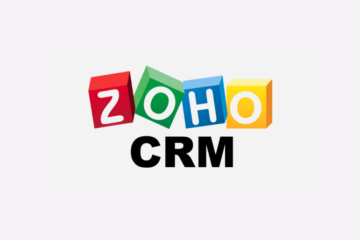
Over the last two weeks, students have learned how to audit their content, social media, and email campaigns for strengths and weakness. Auditing this information will help them to better understand whether their strategic initiatives are working as they intended. To begin their content analysis, students use CoSchedule to examine their blog headlines, Yoast SEO to assess their blogs readability and search-ability, and Google Analytics to audit the content buckets of serialized messaging to assess how these topics are resonating with their audience. Google Analytics will also inform them of how users are coming to their site, how they are moving around and through their website, and how many lead conversions are taking place on their online webforms. Finally, comparing their Weekly InGen Report statistics verses the class will help them determine whether they need to change the tactical operations at their site or to maintain their current strategy in the short-term.
To conduct their social analysis, students take a deep dive into the performance of their social posts. To begin, they will use CoSchedule to analyze any individual social posts and how they are performing at their connected social channels. Next, at each social platform, they review their post engagements and review the engagement and comments provided for each post. Next, they review their campaign’s holistic social performance by reviewing each social channel’s platform analytics. Finally, they conclude by taking another journey into Google Analytics to review their social acquisition. These steps help to form a thorough understanding of which social platform is providing the most return by driving social referrals to their website.
To conduct their email analysis, students dive into MailChimp analytics and examine their direct acquisition at Google Analytics to determine whether their email content is succeeding or not. Using MailChimp, students investigate their email reporting features and how to improve both their open rates and click-throughs. Next, when reviewing the full campaign report, students can assess which emails are operating above industry average. Finally, students review additional curated information to help with any possible deficiencies they may be experiencing in writing email subject lines effectively, avoiding spam filters, and using email groups for targeted segmentation of their subscribers.
Upon their own internal analysis, students then use these auditing process to review at least five other classmates. At the end of their analysis, students complete this level of content by completing a SWOT analysis across all three categories: Content, Social Media, and Email. To learn more about how you can use the Digital Engine to teach your students to audit their own inbound marketing campaign, contact us to set up a Zoom meeting.




0 Comments